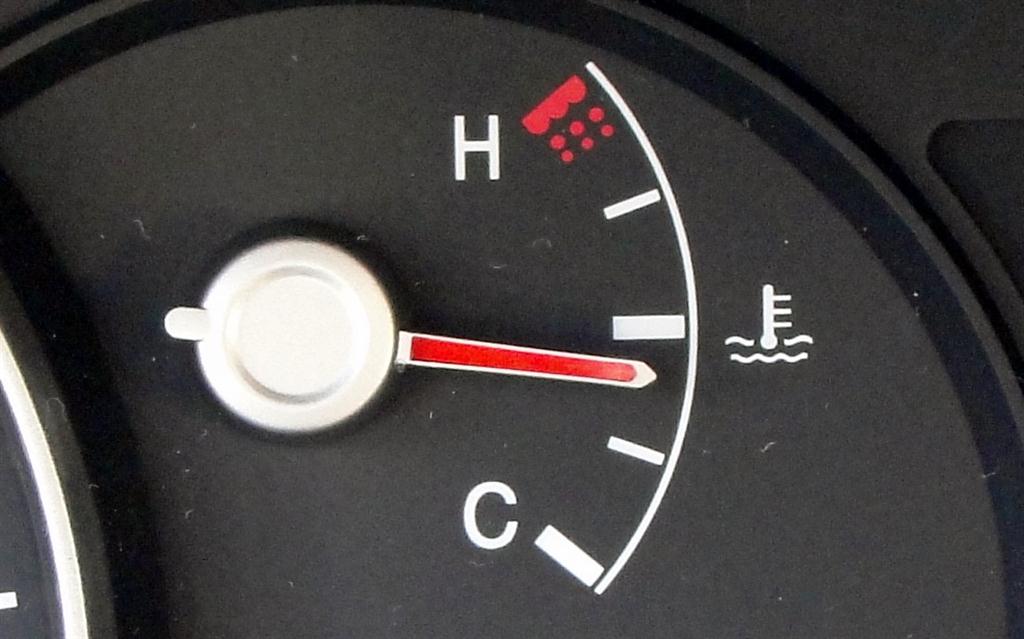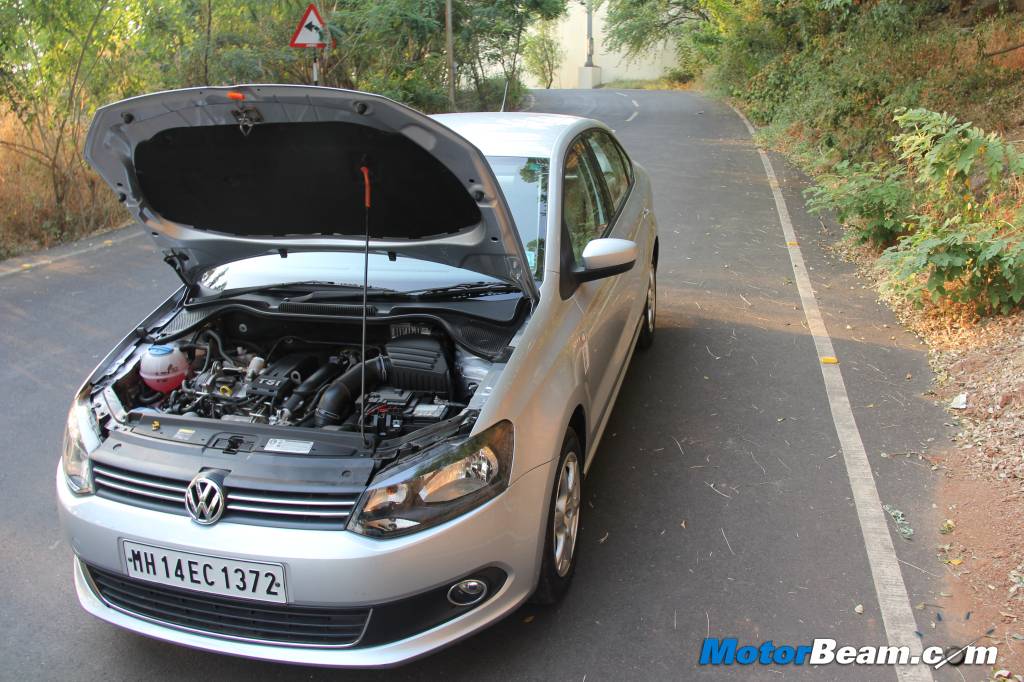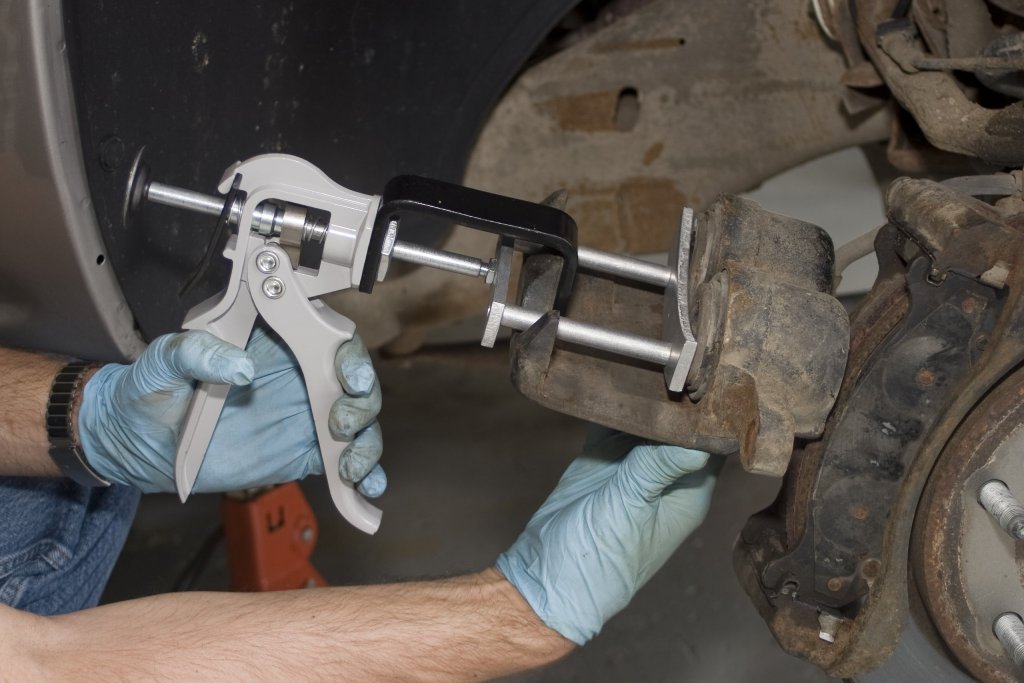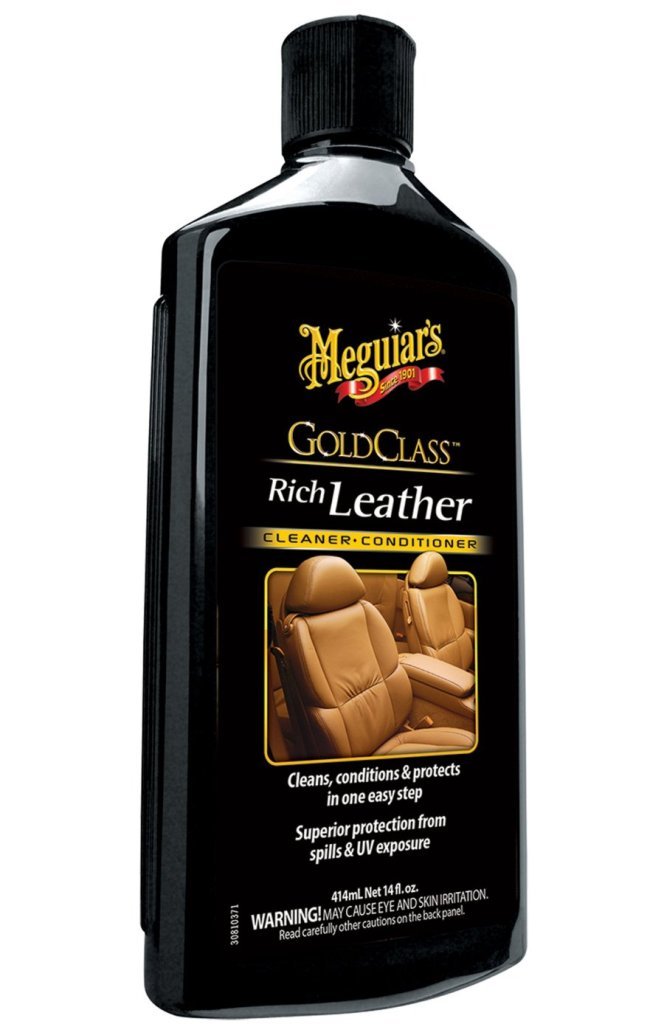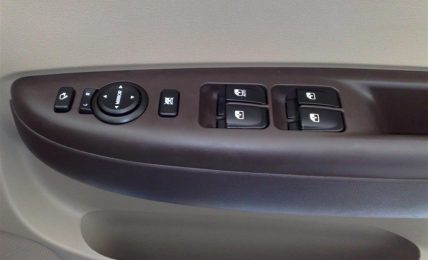In spite of all the maintenance and care, over heating can happen to anyone even with the most reliable cars. Most cars come with the temperature gauge that will tell you about the engine temperature and in most times sits below the mid level between cold and hot. However, if the day arrives when the car over heats and emits the fumes of fury, be prepared to tackle the situation and cool it down. Here are quick tips that you need to follow to when your car overheats.
1. Check If Steam Is Emitting From The Bonnet
If the temperature gauge has red-lined; the first thing you need to check if the steam is emitting from the bonnet. It is a good idea to pull over to the side of the road and park your car in a safe location to check if you do see plumes of steam. Turn on your hazard lights if needed. The steam indicates that there could be a leak in the radiator hose, which can be fixed only after the engine has cooled down.
Turn off the ignition and check if nothing is blocking the radiator in front. Don’t even think about getting near the bonnet at this point. It will be very hot and could result in serious burns, if opened. You can wait it out for some time till the steam clears up and then open the bonnet with the use of a cloth for protection. Keep the bonnet open so that the heat escapes quickly; since there is no air going into the radiator to cool the engine as the car isn’t moving.
2. Turn On Your Heater
The air-conditioning unit sources heat from the engine. You can switch on the heater in the car’s cabin to reduce the heat on the engine. Keep the heater on and turn the blower to maximum speed and choose fresh air mode on your air-con unit. Direct the vents towards the windows and open all the windows, as the cabin will turn out to be very hot. This will help you to keep the temperature of the engine moderated till you can get to the nearest repair shop without stalling midway.
3. Check If The Cooling Fan Is Working
The cooling fan should start in a car, once it reaches it optimum operating temperature. If the cooling fan isn’t working, there is a possibility of faulty fan or a blown fuse. A blown fuse should be replaced immediately. The cooling fan should start when the air-con is switched on. If it isn’t, take it to a mechanic right away.
The cooling fan sucks in the air and provides it to the radiator. However, without the fan working, the car will still be able to run at moderate speeds on an open road. Do not take through traffic prone areas, as it will heat up immediately. If the temperature rises, it is best to wait and till the car cools down or have it towed to the repair shop.
4. Check The Coolant Level
There could be a possibility that you may have ignored on checking the coolant levels and the summers of India take a heavy toll on your car. Over heating can prevail if you haven’t topped off the radiator with coolant and water. The coolant reservoir usually has the level marking on it to tell you how much it needs to be filled. Do not open the coolant reservoir cap when the car is hot. The engine’s heat would have boiled the liquid and could burn your hands severely. Wait for some time and use a cloth to open the cap slowly.
In the absence of a coolant, as a makeshift option add only water to the radiator reservoir and drive to the nearest repair shop to get the radiator checked by the mechanic. The reason you don’t put just water is because, the boiling point of a coolant is far higher than that of water and can keep the car cooler compared to just water. Remember to start the car before you start adding water to the radiator. The owner’s manual of your car will guide you as to the ratio between coolant and water that you need to put in the car.
5. Check For Leakages
If you had topped off the coolant and yet the car is overheating, look out for leakages. A torn hosepipe could be the reason for the leak. If there is green liquid accumulated below the car or a trail has been left behind, you are bound to have a leakage. You can cover the pipe with duct tape till you get it replaced at the repair shop or have the tear covered with M-seal that should do you good till the nearest repair shop. You can also cut off the tear, if it is at the edge of the pipe, avoiding the need to replace the whole pipe itself. There could also be leakage from the radiator itself, apply m-seal to the area causing the leakage on the radiator to stop the leak and get it immediately repaired.
6. Get Your Radiator Cleaned
It is advisable to get the radiator flushed once in two years to the least. The radiator clogs up over time restricting airflow. A clogged radiator is as good as ineffective and is a sign of poor maintenance. Once the radiator is flushed, top it off with the recommended coolant and water ratio.
These are just temporary solutions and it is mandatory get your vehicle checked so that you don’t face such issues again. There could be other problems leading to overheating such as a water pump failure, blown head gasket and so on. A mandatory inspection and repair is necessary; if not, overheating can completely destroy your engine.


